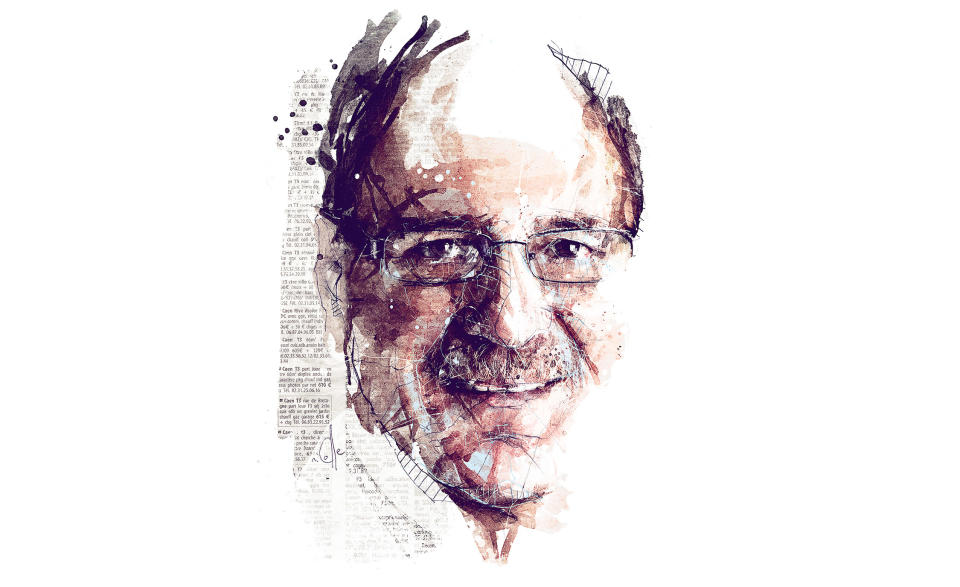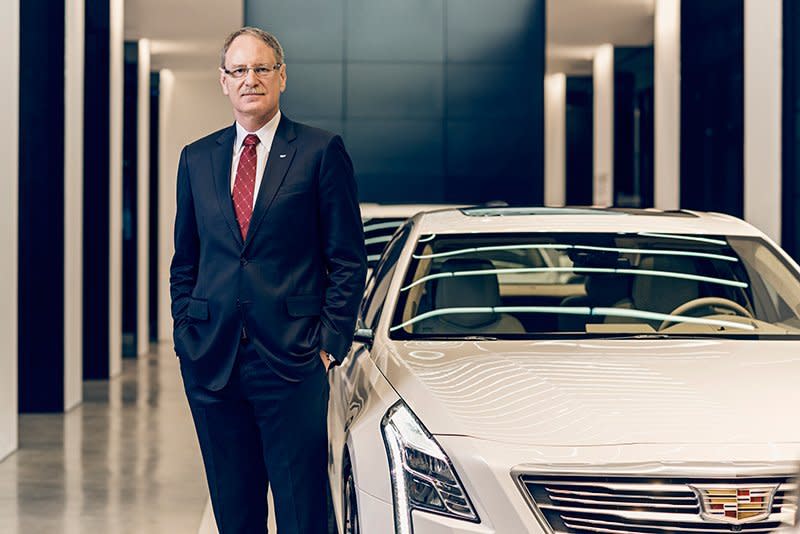What I'd Do Differently: Johan de Nysschen

From the October 2017 issue
C/D: What does Cadillac gain from being in New York?
JD: First, we have to recognize that General Motors is truly a titan corporation. It’s very large and very complex. And given the hurry we are in to get Cadillac firing on all cylinders, we had to get the best shot at, among other things, brand separation executed very rapidly. It’s not total freedom, but a high degree of decision making on core parts of the business, not only marketing. If we didn’t create geographic separation, I’m afraid we’d face the consequences I saw earlier in my career, which is that nothing changes. The meetings stay the same; the people in the meetings stay the same; and, guess what? The decisions and outcomes stay the same. We have Cadillac people—or at least people who are focused on the luxury business—playing a more prominent part in crucial decision making.
C/D: Why not Miami? Or L.A.?
JD: We had to be on the East Coast. We wanted to be in the same time zone and with a relatively easy commute to engineering and design activities remaining in Detroit. New York lends itself to our strategy of mobilizing Cadillac. It’s an iconic world city. And it is, let us say, at the epicenter of luxury consumption. It’s a great place to draw on the talent, to bring fresh perspectives.
C/D: Why do the Germans set the standard for luxury cars?
JD: Their luxury brands have the benefit of focus. That’s all they did. Over the decades, one really saw that focus in Mercedes, BMW, and, in later years, Audi, when it was given a lot of autonomy within VW Group. That focus is what we’re trying to emulate here at Cadillac. The German brands haven’t had the distractions of also having to deal with the demands and intricacies of mainstream customers and the competitive cost pressures and different product attributes.

C/D: Can you learn from Tesla?
JD: Tesla has captured the imagination of people, and I give them credit and wish them well. It impresses most industry insiders how its business model sustains itself. If Dieter Zetsche at Mercedes-Benz or any other industry leaders had the opportunity to sell their cars at a loss, they could sell a lot more. But I guess our shareholders wouldn’t tolerate that game plan for long.
C/D: Will there be a Cadillac EV?
JD: Oh, absolutely. Without any question, we should expect not only a single model but a portfolio of electric and other alternative-powertrain vehicles from Cadillac.
C/D: Are Cadillac’s sedans doomed?
JD: Right now, Cadillac has three large sedans: CTS, XTS, and CT6. That’s three slices of large. Plus, we have the mid-size ATS. In the future, we’re going to have three sedans: a small, a medium, and a large. That’s a better balancing of the portfolio. And it’s a more efficient use of our resources.
C/D: How is the Chinese market different from ours?
JD: Chinese customers attach even greater importance to brand prestige than [customers do] here. Also, Chinese consumers are much younger, and younger buyers are far more demanding in terms of product substance, product quality, and the dealer experience. Since they make up the greatest part of our customer base in China, it forces us to raise the bar very fast and very high.
C/D: Are you impressed with autonomous cars?
JD: I sometimes get into trouble. When the division for autonomous driving was first promoted by Google, they spoke of it like it was their idea. They presented their little transportation pod, and that’s the absolute antithesis of what any car guy would tolerate. I have gasoline in my veins and, I suppose in the future, electrons. I’m proud of our company, proud of our brand. We want to embrace that technology as an enabler of our business in the future. But not to become merely passengers.
C/D: What cars do you own?
JD: I’ve been in the business for my entire career and somehow always had jobs that included use of a very fine company automobile as part of the benefits. I don’t own an automobile myself today. I am, however, in the market for a classic. I’m looking for a Cadillac Series 62 convertible in the ’53 to ’57 time range. Those cars were so elegant, and I’m moving into my house, so I’ll have a place to park it.
C/D: Is there anything you would have done differently?
JD: Privately, I would have wanted to be a better father for my kids and spend more time with them. A lot of executives probably feel the same. And I would have liked to have been a better husband as well. On the other side, in the beginning of my career, I pushed very hard. And that drive and always keeping pressure on everyone around me was perceived by many as very arrogant. I didn’t think I was arrogant, but if enough people have that perception, then it’s probably true. So I’d probably want to modulate that a little bit.

 Yahoo Autos
Yahoo Autos 